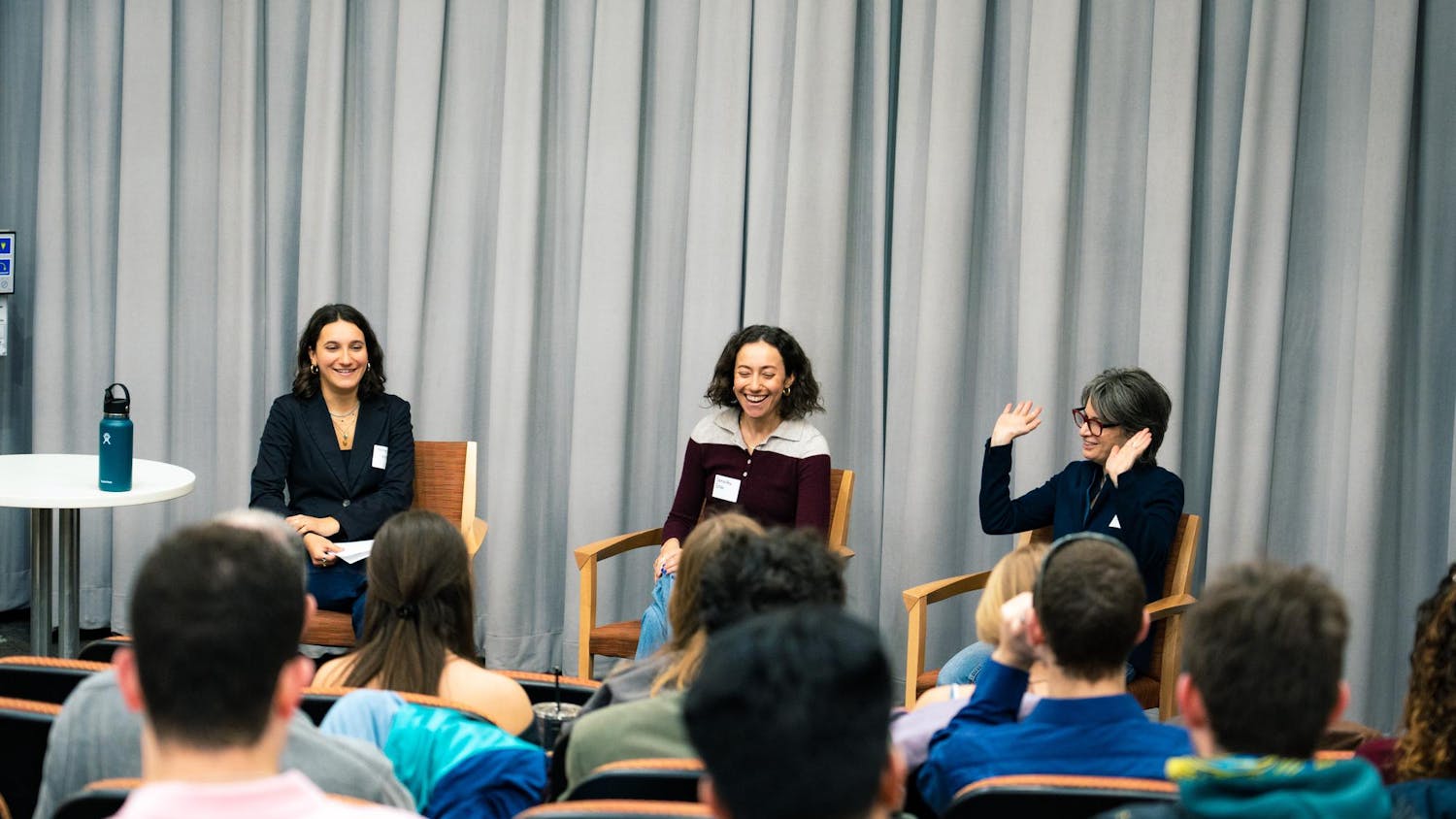The Tufts School of Medicine on Sept. 21 published a paper on research that identified the cellular origins for a rare type of breast cancer, according to Dr. Charlotte Kuperwasser, Associate Professor of Medicine, who led the project.
The new study identified the cells of origin, called CD−10 positive cells, for a rare type of breast cancer called metaplastic carcinoma, according to Dr. Lisa Arendt, a member of the Kuperwasser Lab at the School of Medicine.
The lab conducted research using a human breast model, according to lead author Dr. Patricia Keller. The lab had previously used a mouse breast model in earlier research on the cellular origin of a more common type of breast cancer.
It is typically easier to form a model for research using mouse cells rather than human cells, according to Keller.
"It's been difficult to directly test it with human cells that's the novelty of our work," Keller said.
In a previous study with Dr. Philip Hinds, Professor of Medicine, Kuperwasser used mouse breast molecules to identify luminal cells — which produce breast milk — as the cells of origin for the most common type of breast cancer.
"The luminal cells tend to give rise to the most different types of cancer that are seen, whereas the myoepithelial cells give rise to the rare types of tumor and that hasn't been shown before," Arendt said.
Kuperwasser added that the cells that cause rare forms of cancer are the cells that squeeze milk.
"What we learned is that this that type of cancer came from the basal or myoepithelial cells, the cells that squeeze out the milk ... that's important because we can now study these forms," Kuperwasser said.
Kuperwasser's research indicated that these cancer cells displayed plasticity, which is defined as a cell's ability to imitate characteristics of different cells outside the body.
"The cells from every organ seem very committed in retaining the identity of the organ they derive from," Kuperwasser said. "What we found from these myoepithelial cells is that when we took them from their organs, they exhibited features of different cell types; we could make breast cells behave like skin cells," she said.
The discovery will aid researchers in explaining why rare forms of breast cancer display traits that do not align with the behavior of normal breast cells, Kuperwasser said.
By understanding the cellular origin of different types of cancer, researchers can develop better therapeutic methods, according to Arendt.
"I think determining which cell of origin that the tumors can develop in can lead to different therapeutics that are tailored to one type of cell," she said.
The discovery is also significant in that it will allow researchers to create more accurate human breast models to use in further research, according to Keller.
"Being able to understand how to generate a model that more accurately reflects the cancer will allow us to test those therapies or how they form at an earlier stage," Keller said.
The discovery will also contribute to the development of preventative treatments, Kuperwasser said.
"Now that we know which cell types give rise to these different types of breast cancer, we can think about studying these cells and think about coming up with programs," she said. "Cancer researchers can come up with preventive theories."
The discovery will also allow researchers to focus on reducing the plasticity of the cancer's cellular origins in cancer treatments, according to Kuperwasser.
"If we understand a bit more about these mechanisms that regulate this plasticity, we can create drugs that regulate this plasticity," Kuperwasser said. "It can prevent cancer and also maybe help in treating it."





